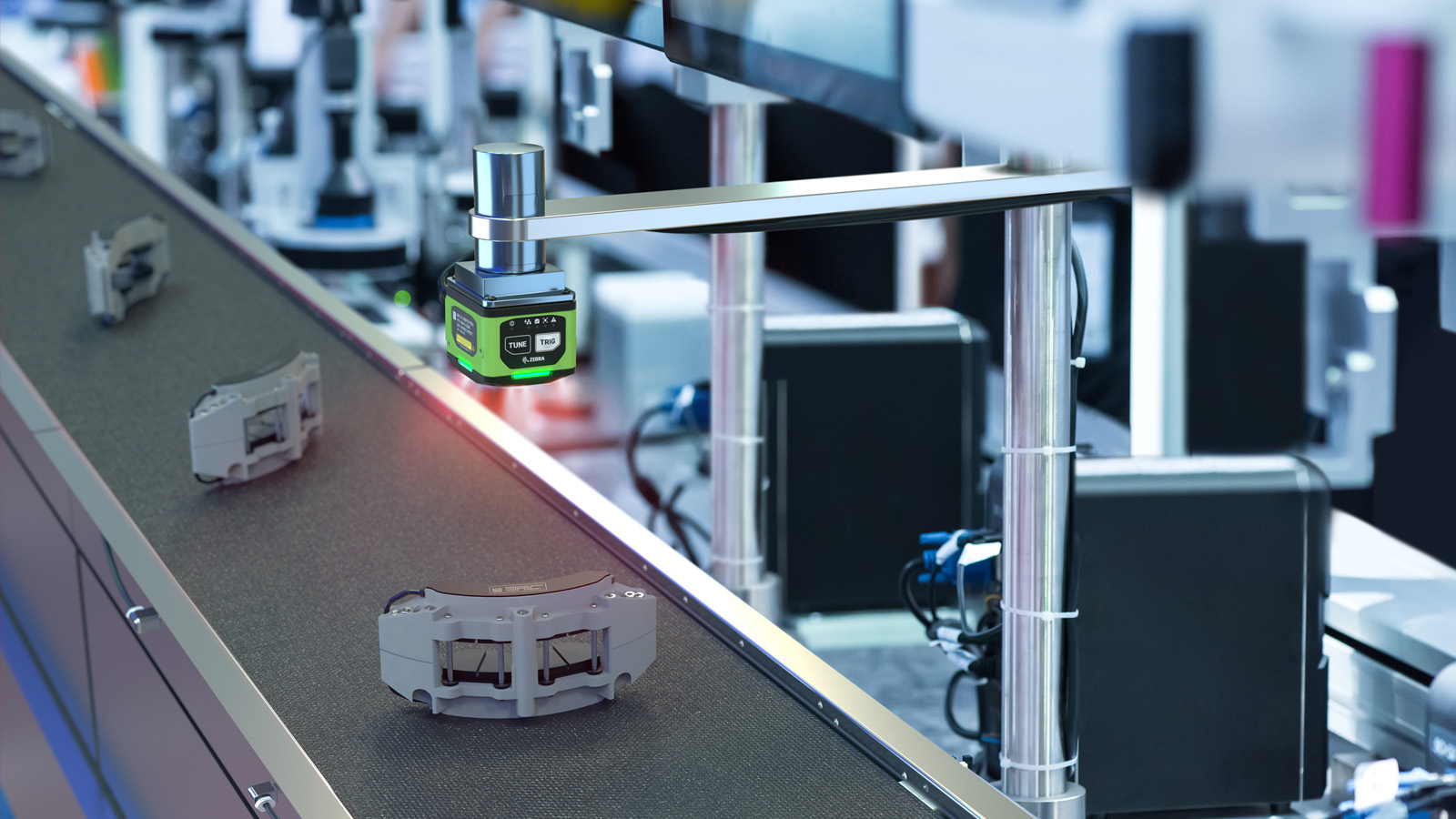Troubleshooting common issues with optical measurement system
Discovering the Function of an Optical Fibre Diameter Analyser in Ensuring Product Quality
The role of an optical fibre diameter analyser is pivotal in preserving product quality within the telecom sector. These tools procedure fibre diameter with accuracy, ensuring consistency and efficiency. Variants in diameter can bring about significant signal loss, affecting communication reliability. As suppliers objective for quality, comprehending the devices behind these analysers becomes essential. What innovations exist in advance in this area, and how will they form the future of optical fibre production?
Recognizing Optical Fibre Diameter Measurement
Determining the diameter of optical fibres is a crucial procedure in assuring the performance and dependability of fibre optic systems. Accurate measurement is vital, as variants in diameter can significantly influence signal transmission and general system effectiveness. The measurement process typically uses innovative tools and techniques, such as laser micrometers or optical fibre diameter analysers, which offer accurate, real-time data.These tools can evaluate fibres' sizes with extreme precision, often to micrometre degrees. This precision aids determine potential problems or inconsistencies in the manufacturing procedure. Furthermore, understanding the diameter measurement includes recognizing the value of variables such as temperature, stress, and product residential or commercial properties, which can influence the last measurements. By preserving rigorous measurement protocols, manufacturers can guarantee that the optical fibres meet sector requirements and specifications, ultimately adding to the longevity and performance of fibre optic networks.
The Importance of Uniformity in Optical Fibre Manufacturing
Consistency in optical fibre production is crucial for making sure precision in manufacturing processes. Variants in diameter can significantly influence performance metrics, impacting the overall quality and reliability of the fibre. Consequently, standardization and quality assurance steps are vital to maintain harmony and improve product efficiency.
Precision in Manufacturing Processes

Influence On Efficiency Metrics
Making sure uniformity in optical fibre diameter considerably affects efficiency metrics across various applications. Constant diameter brings about suitable light transmission, reducing signal loss and improving general performance. When fibres keep a typical dimension, the possibility of defects decreases, enhancing integrity in telecoms and information transfer (fibre testing equipment). Furthermore, consistent diameters promote much easier integration into existing systems, minimizing compatibility concerns. Variants in diameter can create variations in attenuation and diffusion, adversely impacting efficiency. By using an optical fibre diameter analyser, manufacturers can closely keep an eye on and readjust manufacturing processes, promoting a higher degree of harmony. This consistency not only improves the high quality of the end product yet additionally reinforces customer satisfaction, showing vital for maintaining affordable benefit in the optical fibre market
Standardization and Quality Assurance

Exactly How Optical Fibre Diameter Analysers Work
Optical fibre diameter analysers run via a combination of light transmission and innovative measurement techniques to accurately analyze the diameter of optical fibres. These devices use a laser or LED source of light that discharges a beam of light directed at the fibre under exam. As light interacts with the check over here fibre, it is refracted and spread, permitting exact measurements.The analyser records the light making use of a high-resolution video camera or photodetector, which converts the optical signals right into electric signals. Advanced formulas after that refine these signals, computing the diameter based upon the intensity and circulation of the light.The system usually consists of calibration functions to ensure accuracy, employing known standards to verify measurements. By continually checking the fibre diameter, these analysers help keep conformity check my source with industry requirements and specifications, assuring regular product quality. Improved automation in modern analysers further enhances the process, helping with real-time analysis for suppliers.
Effect On Signal Honesty and Communication Reliability
A regular and precise optical fibre diameter is important for keeping signal stability and interaction integrity in fibre optic networks. Variants in diameter can cause enhanced light loss, resulting in abject signal top quality and lowered transmission ranges. When fibres are not consistent, concerns such as modal diffusion and depletion might occur, which can distort the data being sent and cause mistakes in communication.Furthermore, learn this here now irregularities in fibre diameter can impact the efficiency of ports and splicing, resulting in further signal degradation. This inconsistency can compromise the total integrity of network systems, influencing whatever from net speed to telecommunication clarity.
Enhancing Manufacturing Efficiency With Advanced Innovation
Maintaining consistent fibre diameter is necessary for guaranteeing trustworthy interaction systems. Advanced modern technology, particularly the optical fibre diameter analyser, plays an important role in boosting producing efficiency. By giving real-time dimensions and precise information regarding fibre diameters, this innovation allows manufacturers to promptly recognize variances from required requirements. Manufacturing procedures can be adjusted immediately, lowering waste and minimizing downtime.The integration of automated systems enhances top quality control, enabling for regular tracking throughout the production procedure. This not just speeds up manufacturing yet likewise improves total product quality, resulting in fewer problems. In addition, progressed analytics enable producers to enhance their procedures based on empirical data, facilitating continuous improvement. Therefore, the optical fibre diameter analyser contributes noticeably to reducing functional expenses and increasing throughput, ultimately cultivating a more one-upmanship out there. By welcoming these advancements, suppliers can assure their items meet the highest criteria of high quality and integrity.
Future Patterns in Optical Fibre Top Quality Guarantee
As the optical fibre sector progresses, future trends in quality control will plainly include advances in measurement innovation. These innovations will allow a lot more exact evaluations of fibre diameter, boosting general item integrity. Additionally, the assimilation of automated quality assurance systems guarantees to streamline procedures and enhance consistency in production.
Advancements in Measurement Technology
With the constant development of optical fibre innovation, the need for precise measurement tools is more essential than ever before. Recent breakthroughs in measurement technology have caused the development of sophisticated optical fibre diameter analysers that use high-resolution imaging and laser-based techniques. These innovations make it possible for makers to accomplish greater accuracy and repeatability in diameter dimensions, essential for preserving rigid top quality criteria. Furthermore, the combination of expert system and maker understanding algorithms enhances information evaluation, allowing for real-time changes during production processes. As the sector welcomes these technological advancements, they promise to improve performance, minimize waste, and ensure the reliability of optical fibres in numerous applications, ultimately sustaining the growing requirement for high-performance communications framework.

Automated Quality Assurance Systems
While the optical fibre sector remains to advance, the implementation of automatic quality control systems is poised to reinvent top quality assurance procedures. These systems utilize advanced algorithms and real-time data analysis to monitor fibre diameter and various other critical parameters with unmatched precision. By incorporating optical fibre diameter analysers with automated systems, producers can find discrepancies from requirements quickly, lowering the danger of flaws. Additionally, automation minimizes human error, improves consistency, and speeds up manufacturing timelines. As sectors progressively adopt Market 4.0 concepts, the function of automated high quality control systems will certainly broaden, facilitating a seamless link between production and quality control. This shift not only guarantees higher product high quality yet likewise fosters innovation and efficiency throughout the manufacturing procedure.
Frequently Asked Inquiries
What Aspects Affect the Optical Fibre Diameter Measurement Precision?
Aspects impacting optical fibre diameter measurement precision include ecological conditions, calibration of measurement equipment, operator strategy, the sensitivity of the measuring device, and the physical residential properties of the fibre itself, such as product make-up and surface area irregularities. (optical measurement system)
Just How Often Should Optical Fibre Diameter Analysers Be Adjusted?
Calibration frequency for optical fibre diameter analysers usually depends upon usage intensity and manufacturer referrals. Routine checks, commonly monthly or quarterly, guarantee measurement accuracy and reliability, therefore keeping the honesty of the production procedure.
Can Environmental Issues Influence Measurement Outcomes?
Ecological problems can substantially affect measurement results. Factors such as temperature, moisture, and air pressure may affect the efficiency of measurement tools, possibly resulting in mistakes in the outcomes acquired from optical fibre diameter evaluation.
What Are the Usual Kinds of Optical Fibre Diameter Analysers?

Exactly how Do I Pick the Right Analyser for My Manufacturing Needs?
Selecting the ideal analyser includes reviewing production needs, consisting of fibre type, diameter variety, and measurement precision. Furthermore, checking out the analyser's calibration, compatibility with existing equipment, and interface can significantly affect the decision-making procedure.